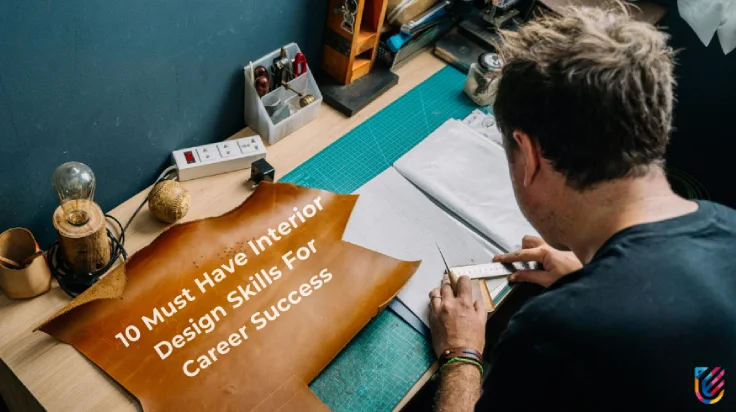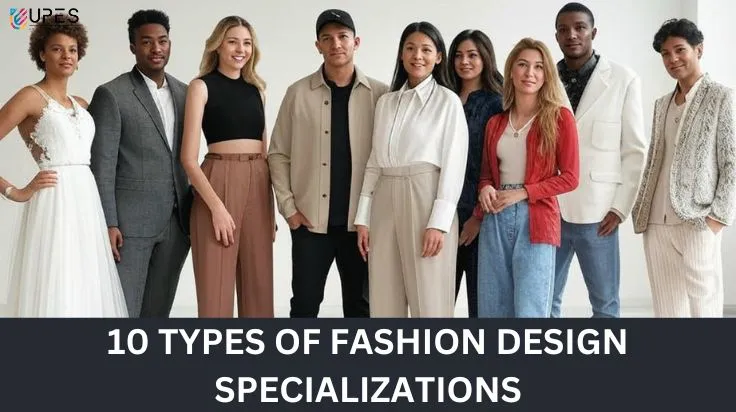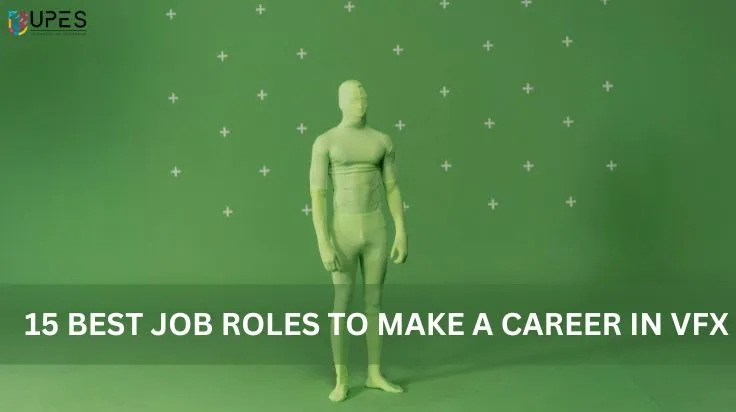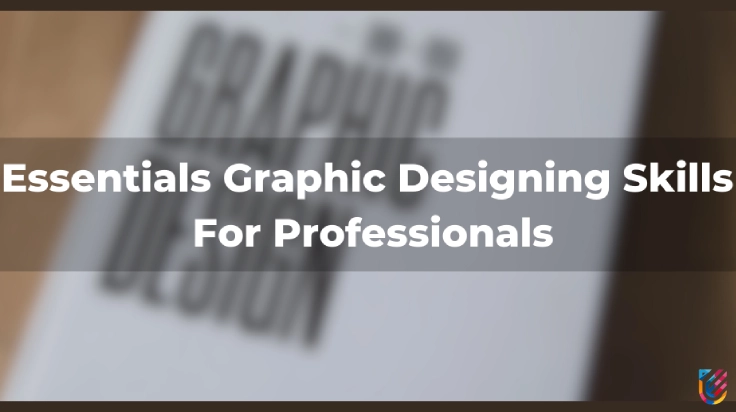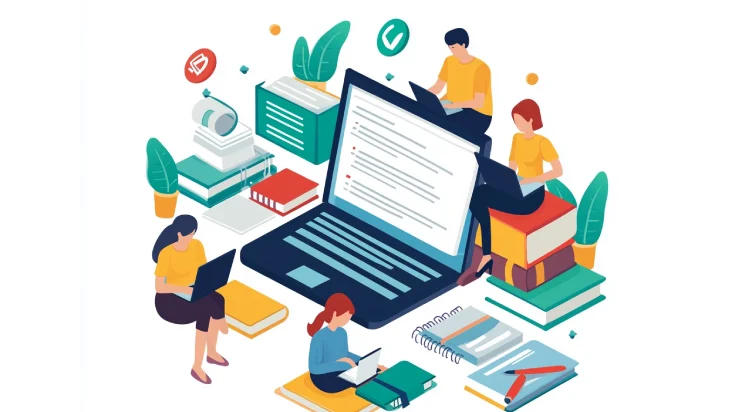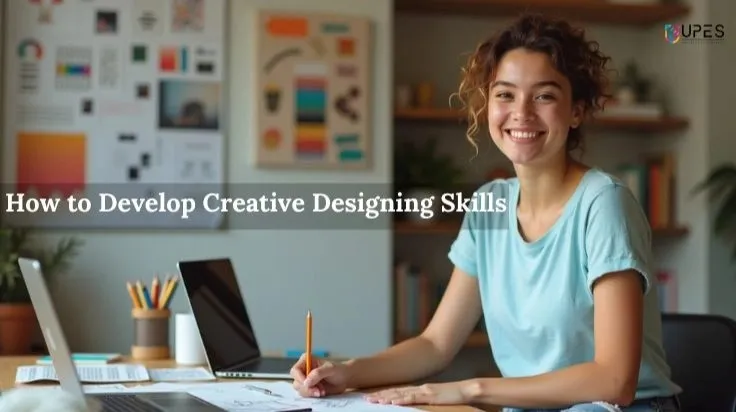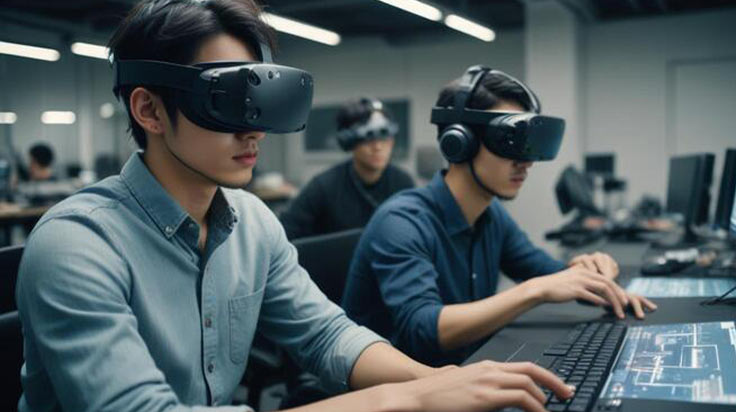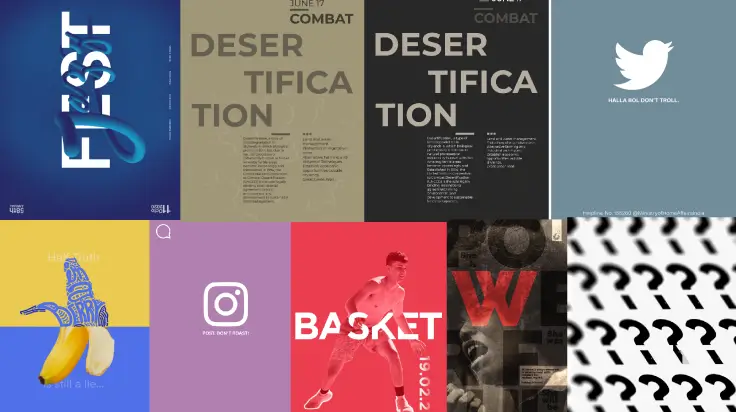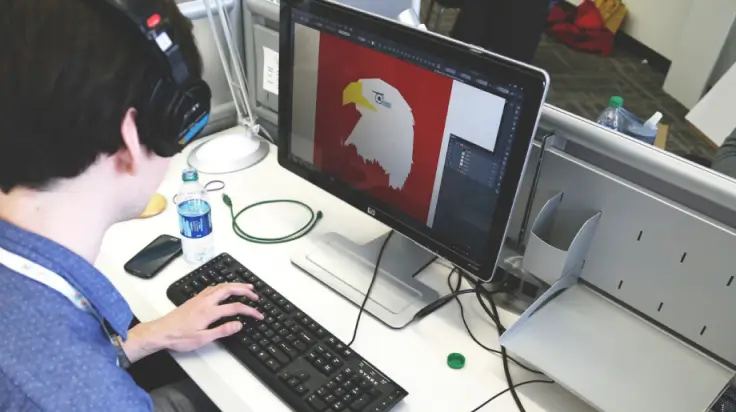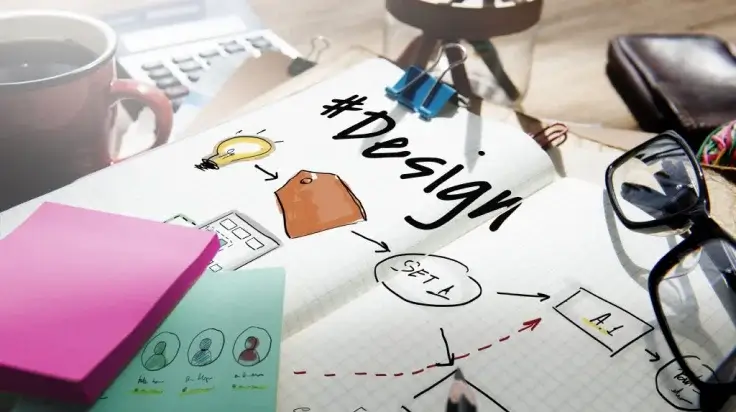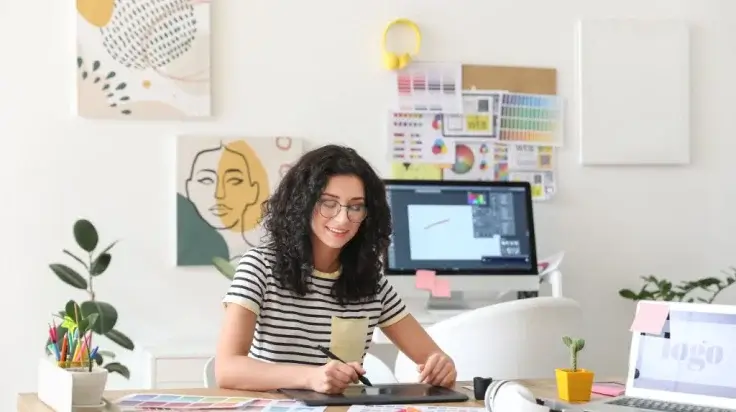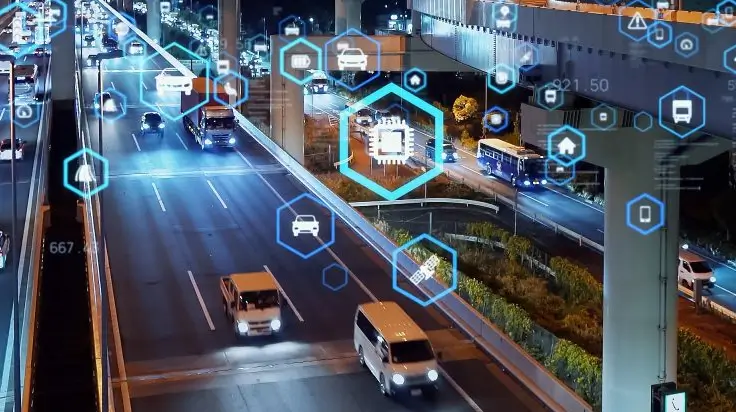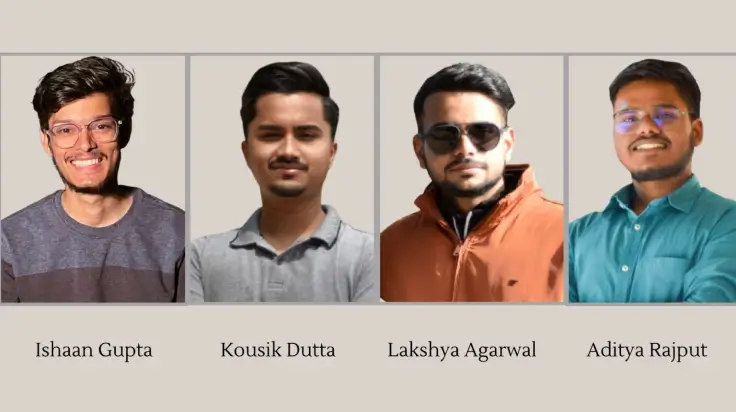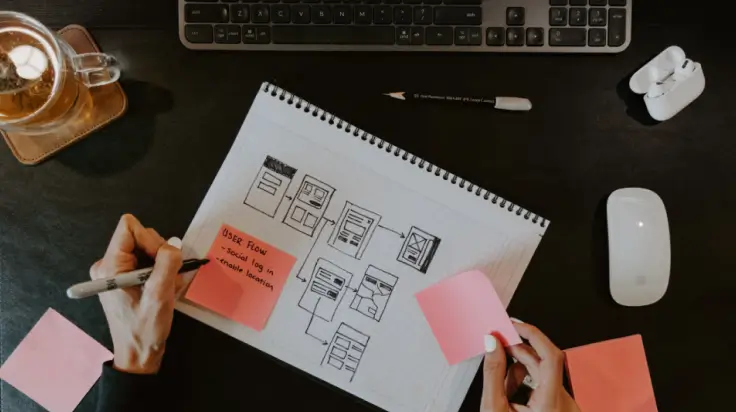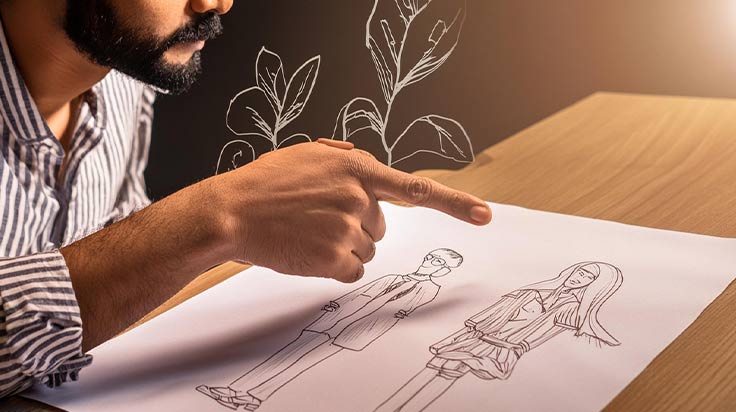Unleashing Creativity: Exploring the Intersection of Design and Innovation
- Manas Ranjan Mishra
- Published 18/08/2023

Where are we headed? This burning question is cropping up everywhere with the astounding speed of technological innovation as lives, careers, industry and even the planet are being impacted. With the clash of multiple perspectives, ideologies and the changing environment, it’s but natural that creativity is also undergoing a shift as design and innovation are fusing to create futuristic scenarios. Creativity is a process and a skill powered by knowledge that drives these values and it should be resolving real-world problems. And I’m quite excited to see how the industry takes this ahead.
But unlocking meaningful & impactful change that creates equality, inclusion and accessibility is critical to drawing a future that is safe and secure. The collision of the two worlds of design and innovation is, therefore, crucial to catalyzing this. This also means that the equation of people-people-profits-planet must undergo change and the industry must look at it from the lens of people-planet-profits for good.
Let me circle back to my original question. The days of design being limited to just aesthetic appeal, or a certain form, are over. Today, design is a powerful tool that creates user-centric experiences, solves problems swiftly and presents multiple scenarios to a singular challenge thereby giving consumers or end users to hold sway over the industry and push trends. And the ingress of AI technologies fulfills that need and both the industry and organizations are raking in huge profits which may be relatively short-term as these new-age technologies keep getting upscaled by newer or more established players—hence sparking off cut-throat competition wherein questions are being raised about their ethical implications and the shift of the human race towards maximizing machine dependency. But we need to introspect on whether we really want lives and workplaces that are so seamless that humans become irrelevant and redundant.
In a nutshell, the core of design — design thinking — understands issues, makes space for divergent thinking, maps processes and solutions for them and also allows individuals to take risks. But how do you fill the gap between imagination and implementation? By developing frameworks and support systems that define and check technologically fueled growth and are willing to push for the ‘greater good.’ This also means, a conscious checking on dominance by a single player and ensuring a level playing field for everyone.
We need to also explore what happens to people who lose jobs to automation and a large tranche still may not upskill for several reasons. There may be a disproportionate world divided between the haves and have-nots. Do we need inclusive design innovations that take these realities into consideration?
As innovation and design are continuing to come together, there is also the danger of misuse. Unfortunately, that is an inescapable reality and instead of stemming this tidal wave, it’s important to use the very same designs and innovations to combat negative and harmful aspects that are bound to arise. Therefore, a shift in thinking is necessary wherein inclusion, sustainability and accessibility are the prime factors driving the industry, in our fight for resources and eventually, survival. Disruption is great. But the real deal is when you disrupt for all — for the better.
Manas Ranjan Mishra
The writer is Manas Ranjan Mishra, Professor, Industrial and Product Design, UPES School of Design
UPES Admission Enquiry
Subscribe to UPES Blogs
Join our community for exclusive stories, insights, and updates
By clicking the "Subscribe" button, I agree and accept the privacy policy of UPES.









